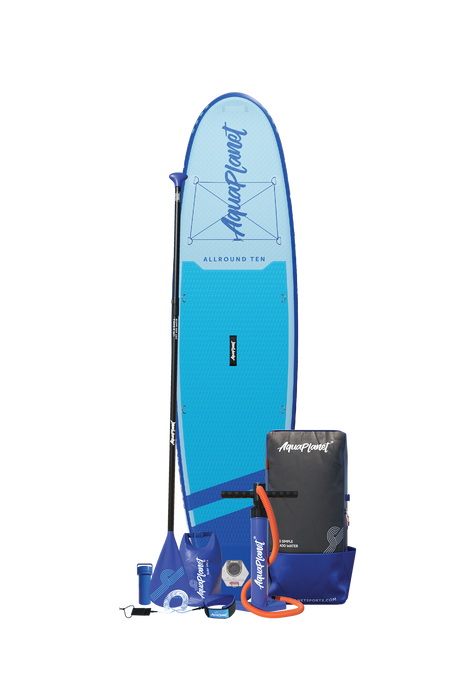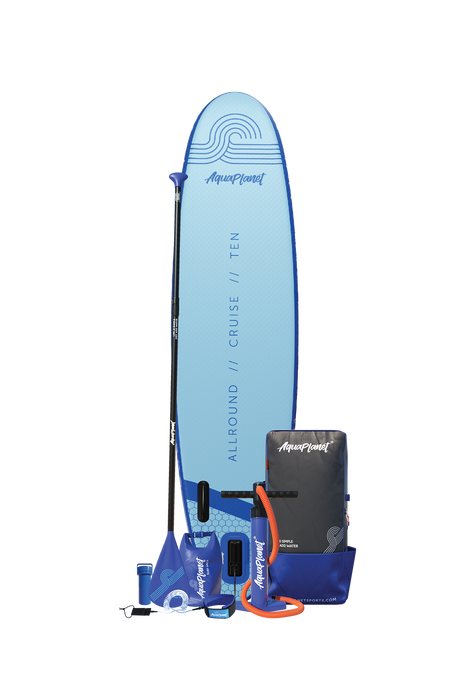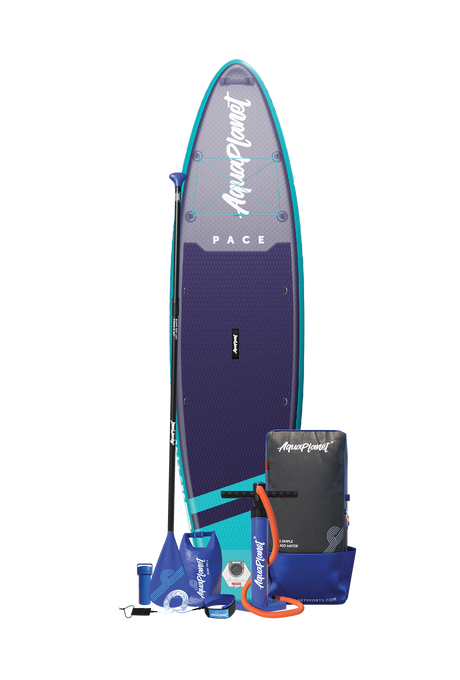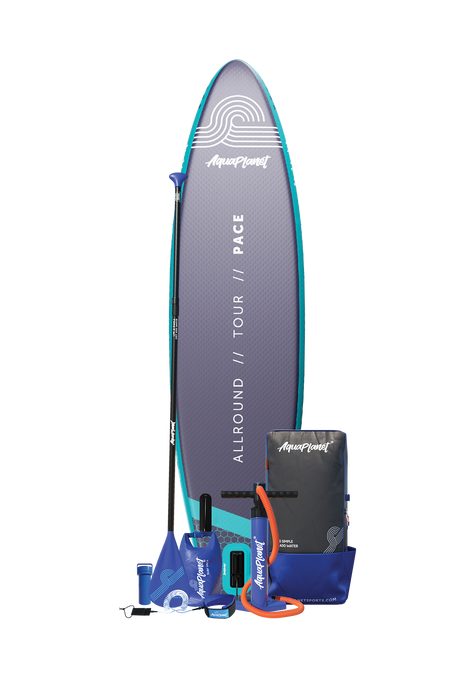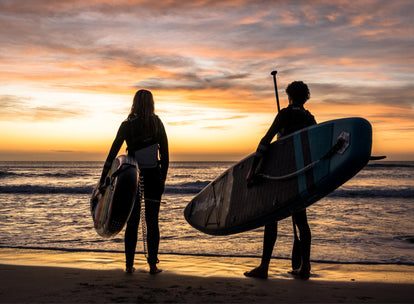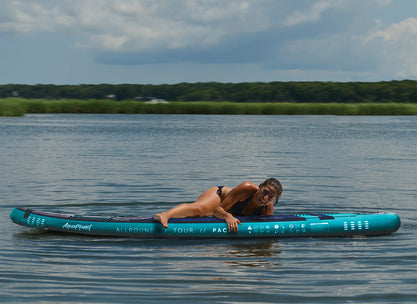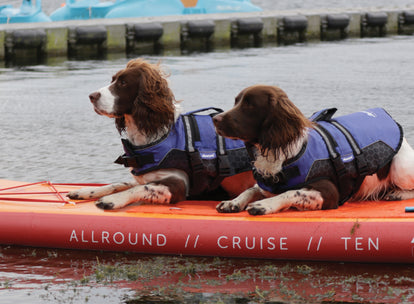So, you have your paddle board and you’re ready to embrace waters which are gradually warming to a temperature that isn’t totally shocking when you fall in. As you get ready to plan your upcoming adventure, we have some tips for you here at Aquaplanet to take your paddle days to the next level! This all applies to those adventurous souls who want to try their hand at multi-day touring, but equally, these tips can and should be utilised by the weekend warrior and day-tripper alike!
1. Choose a location

Are you heading out alone, or are you planning on going in a group this time? Remember, you’re only as fast as your slowest paddler, and you need to take the ability of the least experienced into consideration. Whether it be a group of friends or your family unit, if you or not everyone with you can get back onto their board easily after going for a dip (intentional or otherwise!) you’ll need to ensure you’re paddling in a sheltered area, and that you are always close enough to shore that someone can easily reach dry land if they aren’t able to re-mount the board.
How will you get to and from your water entrance and exit points? Although these may indeed be the same location if you plan on going upriver a bit and then returning to the start, or are going for a beach paddle, if you have the option of roping in a willing driver you can also plan to paddle for longer in one direction and perhaps see something new!
Need inspiration of routes near you to go paddle boarding? Then we highly recommend downloading the go-paddling app. It will show you SUP routes all over the UK, even show you the best launch points and if you need a waterways licence.
2. Plan your route

Beyond the obvious rough idea of where you’re starting from and where you want to end up, several major factors should be considered when planning your paddle trip! This shouldn’t be glossed over if you’re only planning on being out for a few hours. In fact, in many cases, day trips can be more risky than multi-day tours as it’s easy to under-prepare, especially if it’s a route that is taken often. This means that if something unexpected does happen, you may not have taken all the necessary precautions to deal with the situation well.
Use a map - There are lots of excellent resources out there such as GPS trackers, which can be a nifty tool for planning a route and sharing it with others, too, but it’s a much better idea not to rely on this explicitly, and have a physical copy of your route with contingency plans and contact numbers. You never know, you might pick up some tips and tricks from the folks at your local outdoor shop in the process.
Have a Float Plan - A float plan is a detailed itinerary and map explaining where you plan to be, when, and what your contingency plans are should anything go wrong, which you give to a contact before you go. There are some brilliant detailed templates out there, but there are four major points that should be covered:
- WHO - Who will you be paddling with?
- WHERE - Your route, expected put in and take out points and any “emergency exits” you’ve plotted.
- WHEN - When do you expect to begin and end your trip?
- WHAT TO DO - What to do if you fail to check in or return as expected.
What options do you have for bailing out? - It’s easy to decide “I’m getting in at A and out at B”, but what if something should go awry halfway between the two, and you have no signal and no idea where the nearest exit point is? Planning and locating your emergency exits can save a lot of time and stress if you need to use one. Have these indicated on your map and float plan.
3. Keep an eye on the time

It’s so easy to lose track of time on the water! Granted, this is one of the reasons why we love paddling, but equally, it’s necessary to ensure that you haven’t gone a whole lot further downstream than you realised, or it’s suddenly looking like dusk and you still have a few miles to go till you reach home! If you’re paddling in a group, remember to plan timings around the slowest member of your party, and although it may seem pedantic for a leisure activity, being as detailed as possible will allow you to have a realistic picture of how accurate your expectations are early on.
4. Bring the right gear

Food and water - Keeping fueled and hydrated even on a cool day will make all the difference to your muscle fatigue and stamina out on the water. Make sure you have enough for yourself and your paddle partners and this will make for a more pleasant trip all-round!
Weather-appropriate clothing - Before heading out on any paddle board trip, one essential task is to check the weather before you go. Not just stepping outside or waving your arm out your kitchen window for a minute, but making sure that there are no warnings or adverse conditions on the water. The local conditions can be quite different from those in your back garden, especially if you are paddling at higher altitudes than your home or you are heading to the coast from inland. Having sunscreen or an extra fleece can alter your comfort levels dramatically!
Have an Emergency Kit Bag - We mentioned earlier that day trips can be higher risk than a trip where you plan to stay overnight, and this is because you’re less likely to be prepared. Having an emergency kit bag with you is the best way to ensure you’re never caught off guard. This could be a dry bag that includes the following:
- Spare Fleece top and bottoms
- Thick socks and a woolly hat
- Snack bars
- First aid kit
- Paddle board/kayak repair kit
- A powerful head torch
- Paracord
Safety equipment - If there’s any kit you must take with you it’s your buoyancy aid and leash, as well as a quick-release belt if necessary. For more information on staying safe on the water, check out our other blog here!
5 . Check if you need a licence

Waterways licence - Your Paddle UK (formerly British Canoeing) waterways licence is a vital piece of kit, as this is required on many waterways throughout the UK. This includes public liability insurance while you’re out on your board, and can be purchased here. You can even get a discount through us as official Paddle UK partners!

We hope this has inspired you to get planning and see your next day off in a different light! These are some recommendations from us, but we also encourage you to do your own research and make sure you are up to scratch with the latest in SUP and water sports safety. There are ample resources out there to help you get the most out of your days out on the water, and we recommend a good delve into this treasure trove to unlock further planning prowess!
Be sure and share your adventures with us as you go, and as always,
Keep safe & Happy Paddling!

